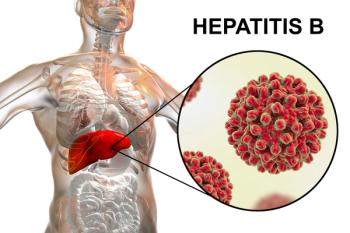
How to set up a collaborative practice
Advice on the area of collaborative drug therapy managment.
Q. How do I set up a collaborative practice protocol with a physician?
To participate in CDTM, a pharmacist must adhere to a particular state's requirements for such practice. Although the vast majority of states have established some level of CDTM, there are many variations and important differences among the states' pharmacy practice acts. Attributes of state regulations governing CDTM include: (1) types of collaborative practice agreements, (2) levels of review of approval required, (3) medications included, (4) practice environments, (5) educational requirements/demonstrated competencies, and (6) other aspects addressed by the state. Some states require a written protocol for each patient; others require only a general written protocol. Some states limit the type of practice agreement to an administration of injectables (medications, biologics, and vaccines) protocol, or to an emergency-contraceptive protocol only. Most states do not specify a limitation.
While most states allow CDTM in all practice settings, some limit it to the institutional setting. Some states have additional educational requirements, such as the Pharm.D. degree, specialty certification, disease state management credentialing, accredited residency credentialing, or minimum clinical experience; some states have no additional requirements. Other aspects addressed by various states include specific pharmacist duties-initiating and modifying drug therapy, ordering lab tests, changing duration of therapy, altering drug strengths, modifying or discontinuing drug therapy, monitoring drug therapy, and patient assessment.
It is imperative that the individual pharmacist adhere to his or her state's specific regulations. In general, a pharmacist would first need to identify a physician who wishes to collaborate with the pharmacist. This could be accomplished in several ways, either on an individual, institutional, or corporate basis. The physician and pharmacist would then define the various parameters of the CDTM, based on the state's pharmacy practice act; they would eventually execute a collaborative pharmacy practice act agreement, specifying the various duties and functions of each practitioner, including the various procedures necessary for performance. The agreement would also include the patient, since the pharmacist-patient relationship is a key element of CDTM. The patient would need to consent to the CDTM, thereby complementing and enhancing the patient-physician relationship and improving overall patient therapy. Moreover, the agreement would also include specific provisions addressing patient privacy and confidentiality issues.
Obviously, adequate quality assurance is a critical component to the success of any CDTM protocol. Documentation of all activities related to CDTM needs to be followed according to state regulations and will need to be shared with and made available to the physician and other providers associated with the protocol, in accordance with HIPAA regulations. Additionally, compliance with the corporate pharmacy and/or institution's own policies and regulations will be required.
THE AUTHOR practices law in Pennsylvania and has 14 years of experience in pharmacy.
Newsletter
Pharmacy practice is always changing. Stay ahead of the curve with the Drug Topics newsletter and get the latest drug information, industry trends, and patient care tips.











































































































































































































